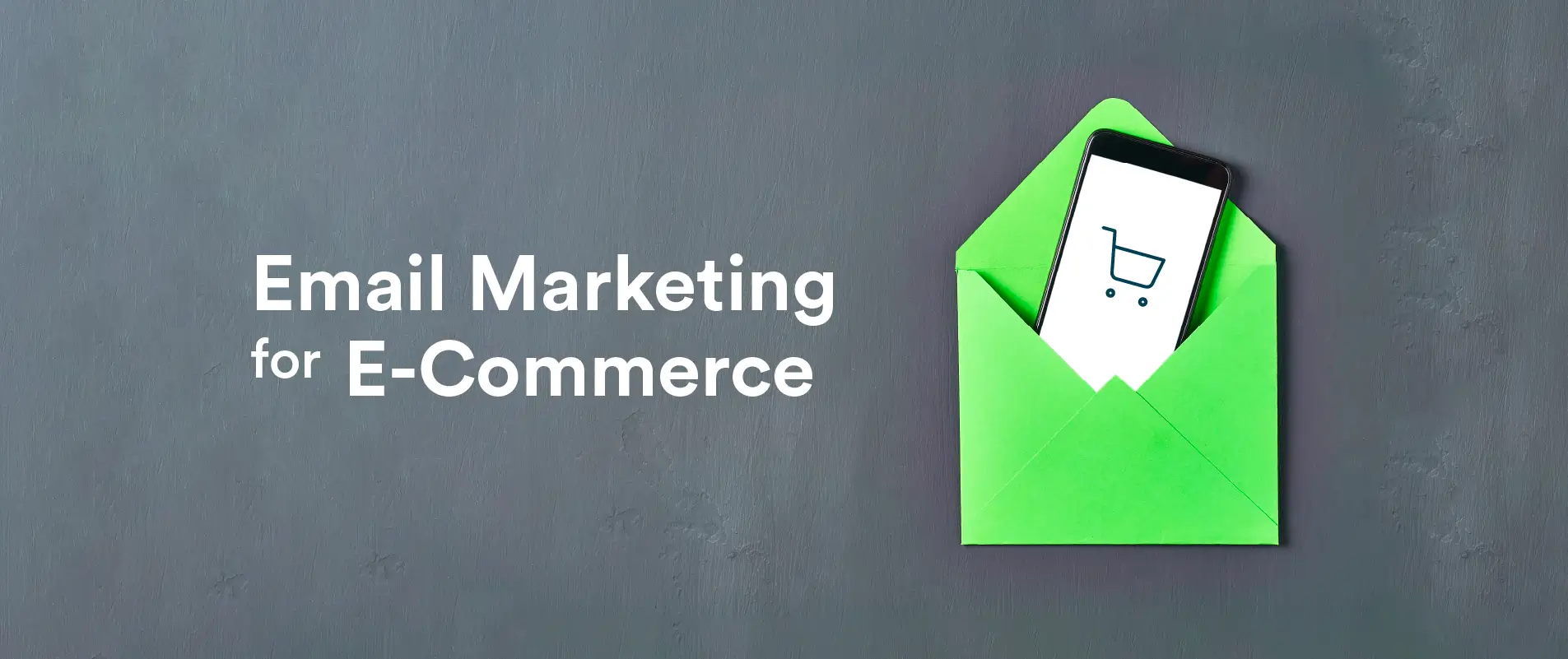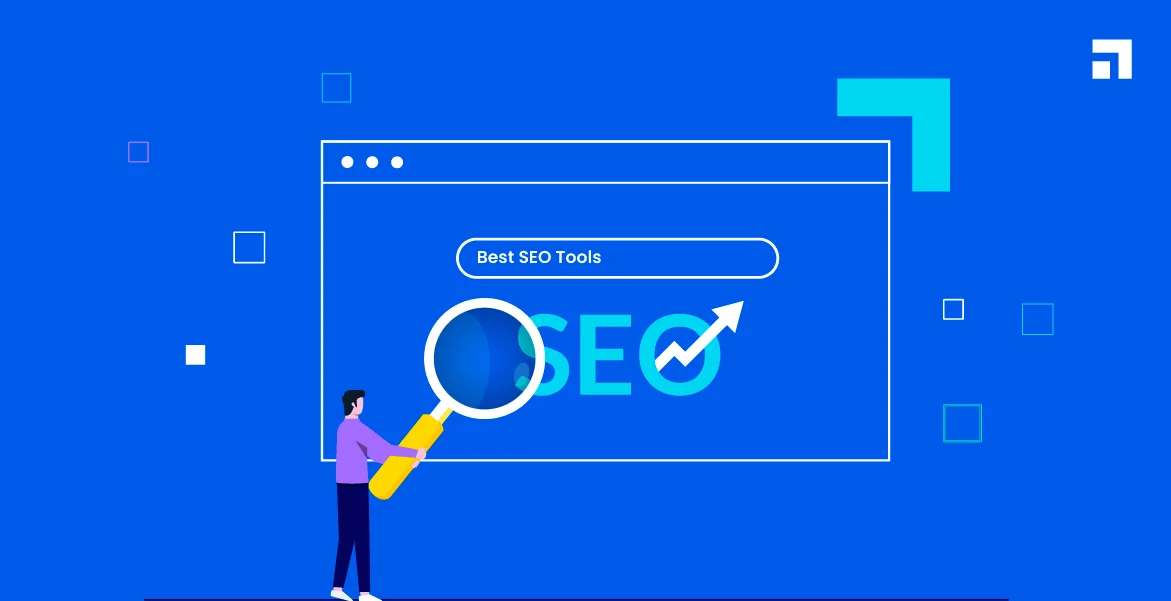Search Engine Optimization (SEO) and Search Engine Marketing (SEM) both aim to boost visibility and traffic through search engines, especially Google. While the two strategies share similar goals, it’s essential to understand their distinctions and how they can complement each other to enhance overall marketing effectiveness.
What’s the Difference Between SEO and SEM?
SEO focuses solely on driving organic traffic through content and website optimization. SEM includes both organic strategies like SEO and paid efforts such as Pay-Per-Click (PPC) ads. In essence, SEO is a subset of SEM.
As search behavior evolves and AI-powered tools like Google’s AI Overviews emerge, understanding both SEO and SEM becomes critical for sustained digital presence.
How Does SEO Work?
SEO involves optimizing a website to appear in organic search results. Google dominates the global search engine market, processing nearly 6 million searches per minute. Success in SEO comes from understanding what your audience is searching for and delivering relevant, valuable content.
Categories of SEO
- Technical SEO: Enhances site architecture and backend performance.
- On-page SEO: Focuses on content, keywords, and internal linking.
- Off-page SEO: Builds authority through external signals and backlinks.
- Local SEO: Targets local search queries using tools like Google Business Profile.
Key SEO Features
- Keyword optimization
- High-quality content creation
- Strong user experience
- Link building
- Voice search and schema markup
- Core Web Vitals
- Video SEO and mobile optimization
- Social signals and E-E-A-T principles
How to Get Results with SEO
- Use high-intent and long-tail keywords naturally
- Keep content fresh, useful, and optimized
- Improve navigation and reduce bounce rates
- Build an internal and external linking strategy
- Adapt content for voice and video search
- Focus on mobile-first indexing
- Establish authority and trust through credible authorship
- Track performance using Google Analytics and Search Console
How Does SEM Work?
SEM primarily refers to paid marketing like PPC campaigns. It allows businesses to target audiences based on behavior, location, and intent. SEM can produce faster results than SEO but requires a well-planned budget and targeting strategy.
Examples of SEM Activities
- Google Ads, Bing Ads, and Gemini Ads
- Display and retargeting campaigns
- YouTube video ads
- Local services and social media ads
- Responsive and voice search ads
- Geotargeted campaigns
Key SEM Features
- Keyword bidding and match types
- Compelling ad creation
- Budget and bid control
- Advanced audience targeting
- Use of negative keywords
- Analytics for continuous optimization
How to Get Results with SEM
- Conduct keyword research for relevant terms
- Optimize ad copy with clear CTAs
- Create relevant, fast-loading landing pages
- Adjust bids based on performance
- Use ad extensions to boost visibility
- Run A/B tests and retarget past visitors
- Track conversions and adjust campaigns
- Target users by device and location
How to Use SEO and SEM Together
Both strategies rely on keywords but serve different purposes. While SEO builds long-term credibility, SEM delivers short-term visibility. Using PPC data to inform SEO and vice versa leads to a more refined digital strategy.
New websites can benefit from focusing on SEM first while SEO efforts build over time. A combined approach increases traffic quality and boosts conversion rates.
How Much Do SEO and SEM Cost?
SEO isn’t free—it demands investment in tools, audits, and quality content.
- SEO audits: Can range from $500 to thousands of dollars
- Content creation: Costs depend on writer experience, typically starting at $0.05 per word
- Link building: May cost $100 to $1,500 per link
- Reporting and analysis: Tools like Google Analytics are free but require skill to use effectively
SEM costs vary based on competition and strategy, but give the advantage of faster visibility.
SEO and SEM: Future Directions
Search marketing is shifting toward user-focused, AI-enhanced strategies.
- AI and machine learning are shaping how search results are delivered
- AI tools like Jasper and Surfer SEO help marketers craft smarter campaigns
- Google’s core updates and algorithms emphasize expertise and helpful content
- Zero-click searches are rising, reducing direct traffic but increasing visibility
- YouTube and TikTok are becoming major platforms for search-based content discovery
Become a Search Marketing Expert
Understanding SEO and SEM is essential for anyone in digital marketing. With platforms like YouTube gaining traction and search experiences evolving through AI, mastering both strategies ensures your brand stays visible and competitive.
Consider training programs such as the Professional Diploma in Search Marketing developed with Neil Patel to advance your knowledge in SEO, paid search, analytics, and strategy.
Ask ChatGPT






Leave a Reply